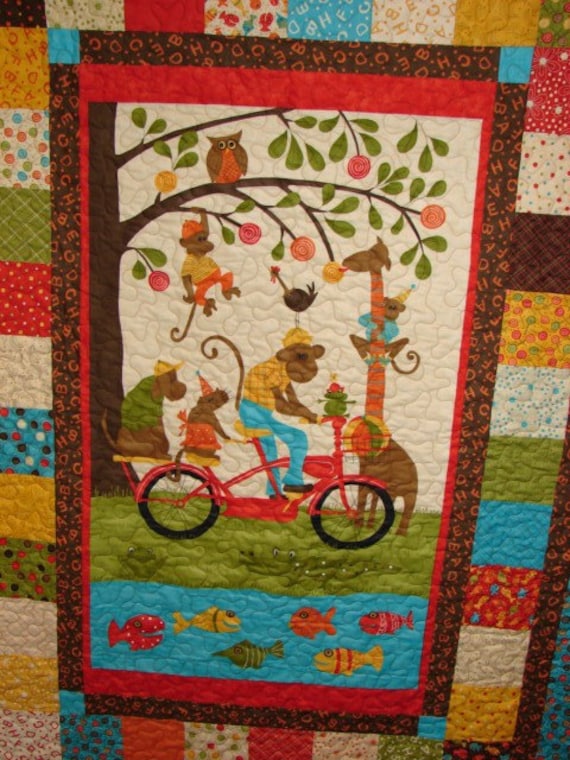

FREE PANEL QUILT PATTERNS TO PRINT HOW TO
Since CCQ offers so many fabric panels, we thought you’d like some ideas on how to use them in your quilt and craft projects. Scroll to the bottom of the page for the step by step tutorial link.15 Innovative Ways How to Use Fabric Panelsįabric panels range from approximately 24” to 36” wide and 42” high and we have nearly 50 panels for you to choose from here at CCQ! Many of the fabric panels at Colorado Creations Quilting are digitally printed fabric-giving you the most realistic, color saturated images available in the fabric world today. The directions for this quilt uses a strip piecing method if you prefer to use your pre-cut fabric strips. The blocks are simple to make using your pre-cut squares. Checkerboard Quilt by Quilting CubbyĪ checkboard quilt can really put a dent in your scrap pile.
FREE PANEL QUILT PATTERNS TO PRINT PATCH
Ohio Star makes a great quilt block to start with.Ī simple 9 patch or Churn Dash block would also make good choices for a new scrap quilt.ġ3 Free Scrap Quilt Patterns 1.

The design depends on contrast.Īt this point, find a quilt block size you like and use the scraps in the place of the colors. It does not matter if you have a civil war fabric with an oriental fabric or a solid with a print. Separate the pieces into light and dark and just begin sewing. The brown bag method allows the quilter to make a real scrappy quilt.For example, the block may have a center that is an oriental print, while the surrounding pieces are simply complimenting colors. This involves using one particular color or style in each block. Her second method is called the fabric-menu method.She suggests using the same color from the background for the sashing. The coordinated block method uses one background fabric so that each block appears as an individual.How to Quilt With ScrapsĪccording to scrap quilting expert Sally Schneider, there are three methods to make a scrap quilt. Scrap quilt patterns named string quilts make use of those strips by using foundation blocks. Make a scrap bin for those pieces as well. What happens if you have strips left that are smaller than 1.5”? Iron ahead of time, and then, when you pull from the bin they will be ready to quilt. The excitement of starting a new scrap project will wain once you realize you have to spend ½ hour ironing. Next, iron those scraps, you will be glad you did. In this case, they will want to organize their scraps by color.įinding the right green for a leaf will be much simpler in a bin marked “green”.


To cut up standard size pieces does not make a lot of sense for them. A Note for Applique QuiltersĪpplique quilters depend on scraps for their quilts. If you do have more than one bin for 2 ½” strips you may want to separate those strips into bins marked dark, medium, and light. Some quilters have more than one bin for a certain size because they tend to make a lot of scrap quilts using that size scrap. Once you have your bins marked, add your scraps to that bin. That way when you need a 2 ½ ” square, you can go to that particular bin. However, the habit of organizing your stash by color may make this step uncomfortable.īegin by placing your scraps into marked bins or baskets. Most scrap quilters agree that they organize based on size. If you are new to scrap quilting, you may want to start with the following cuts. Others will not cut smaller than 2 ½” whether it is strips or squares. Some quilters will cut their scraps into small 1″ squares because they make postage stamp quilts and enjoy working in miniature scale. Scrap quilts are often fun quilts to make.īut how do you cut the scraps to make them usable?


 0 kommentar(er)
0 kommentar(er)
